Below you'll see everything we could locate for your search of “Matt 7 NOT Matt 7:12”
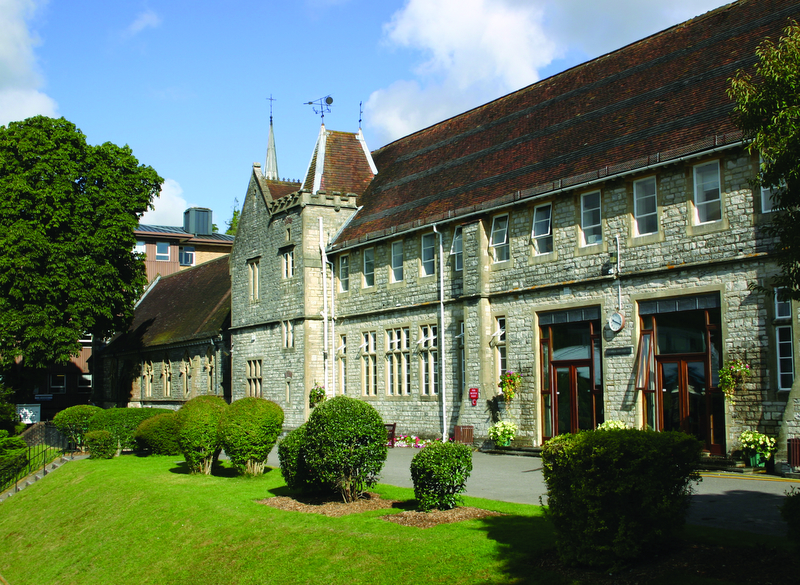
Front cover of the issue of The Church Quarterly Review in which Lockton’s groundbreaking article, “The Origin of the Gospels” appeared. The July issue of The Church Quarterly Review in 1922 contained an article by William Lockton in which the author challenged the scholarly consensus concerning the solution to the Synoptic Problem. This important study, which is now in the public domain, was later to be of great importance to Rev. Dr. Robert L.
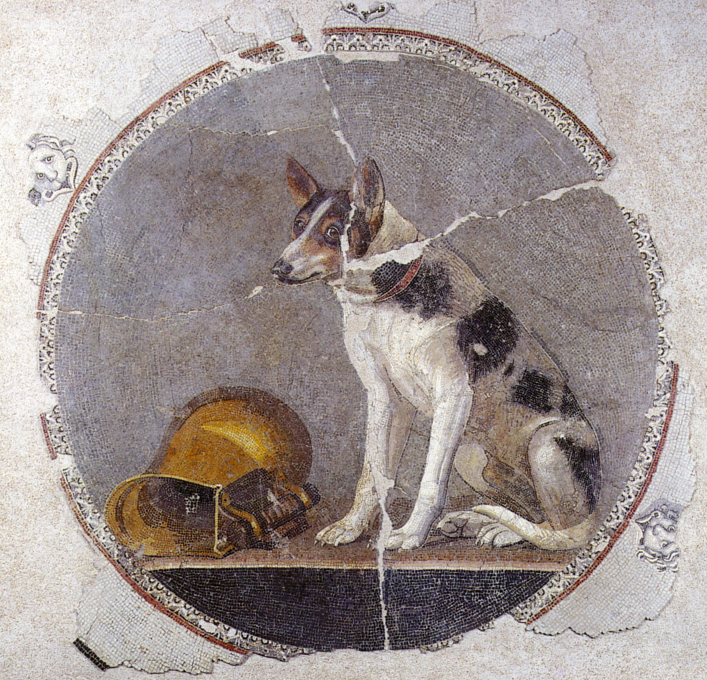
Matt. 15:21-28; Mark 7:24-30
(Huck 116; Aland 151; Crook 170)For abbreviations and bibliographical references, see “Introduction to ‘The Life of Yeshua: A Suggested Reconstruction.'” Revised: 2 September 2021
1. Text
2. Conjectured Stages of Transmission
3. Story Placement
4.
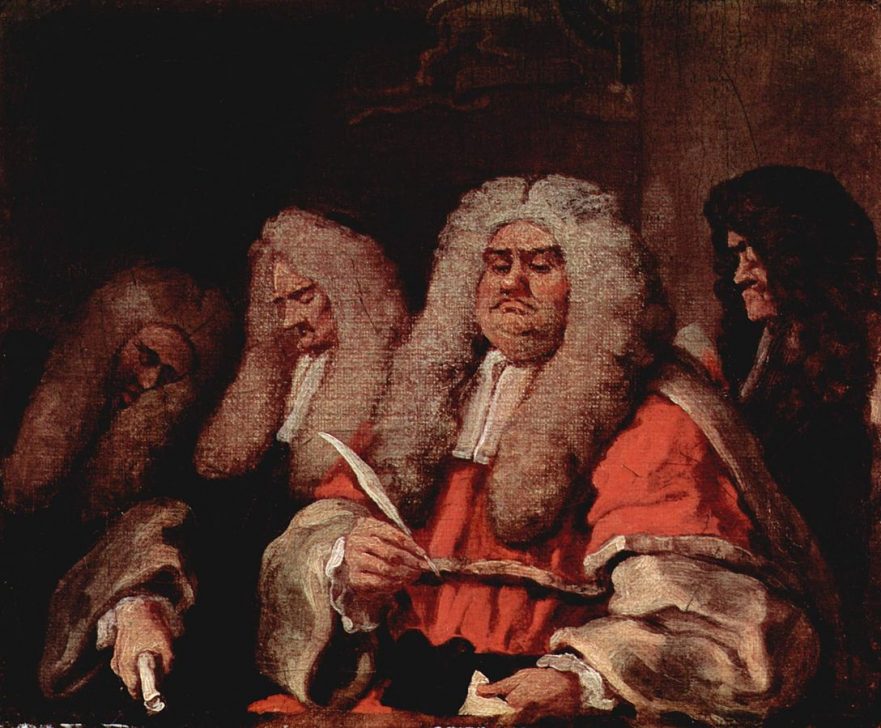
Luke 18:1-8
(Huck 185; Aland 236; Crook 289)For abbreviations and bibliographical references, see “Introduction to ‘The Life of Yeshua: A Suggested Reconstruction.'” Revised: 21 October 2022
וַיִּמְשׁוֹל לָהֶם מָשָׁל לֵאמֹר דַּיָּן הָיָה בְּעִיר פְּלוֹנִית שֶׁלֹּא יָרֵא שָׁמַיִם וְאָדָם לֹא כִּבֵּד וְאַלְמָנָה הָיְתָה בְּאֹתָהּ הָעִיר וְהָיְתָה בָּאָה אֵלָיו לוֹמַר שָׁפְטֵנִי מִיַּד בַּעַל דִּינִי וְהָיָה מְמָאֵן זְמַן הַרְבֵּה וְאַחֲרֵי כֵן אָמַר בְּלִבּוֹ אַף עַל פִּי שֶׁאֵינִי יָרֵא שָׁמַיִם וְאָדָם אֵינִי מְכַבֵּד מִפְּנֵי שֶׁמֵּבִיאָה עָלַי צָרָה אַלְמָנָה זוֹ אֶשְׁפוֹט אוֹתָה שֶׁמָּא תָּבוֹא וְתִפְגַּע בִּי לְעוֹלָם וַיֹּאמֶר הָאָדוֹן שִׁמְעוּ מַה דַּיַּן הָרֶשַׁע אוֹמֵר וְהֲלֹא יַעֲשֶׂה שָׁמַיִם מִשְׁפַּט בְּחִירָיו הַצּוֹעֲקִים לוֹ בַּיּוֹם וּבַלַּיְלָה הֲמִתְאַפֵּק עֲלֵיהֶם אֲנִי אוֹמֵר לָכֶם יַעֲשֶׂה מִשְׁפָּטָם בִּמְהֵרָה
Then Yeshua told them this parable: “There was a judge in a certain town who was not a God-fearing man, neither was he concerned about human welfare. Nevertheless, there was a widow in that town who kept coming to him demanding, ‘Rescue me from my legal opponent’s power!’ But the judge kept refusing her for a long time.
Some time later, however, the judge thought to himself, ‘Although I am not a God-fearing man, and although I have no concern for human welfare, yet because this widow keeps on bothering me, I will rescue her, or else she’ll keep on coming to pester me forever!'”
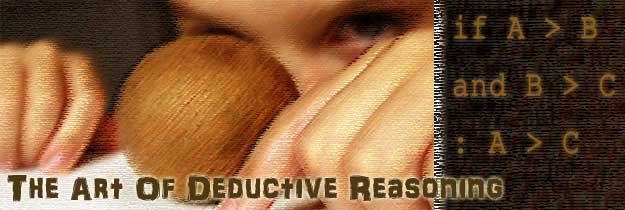
Matt. 7:11 (= Luke 11:13); Matt. 10:25; Luke 12:28 (= Matt. 6:30); and Luke 23:31…. (Matt. 7:9-11)
There is another passage in which Jesus employs simple-to-complex logic to prove God’s reliable care for his children.

מְתֻרְגְּמָן (me⋅tur⋅ge⋅MĀN) is Hebrew for “translator.” The articles in this series illustrate how a knowledge of the Gospels’ Semitic background can provide a deeper understanding of Jesus’ words and influence the translation process.
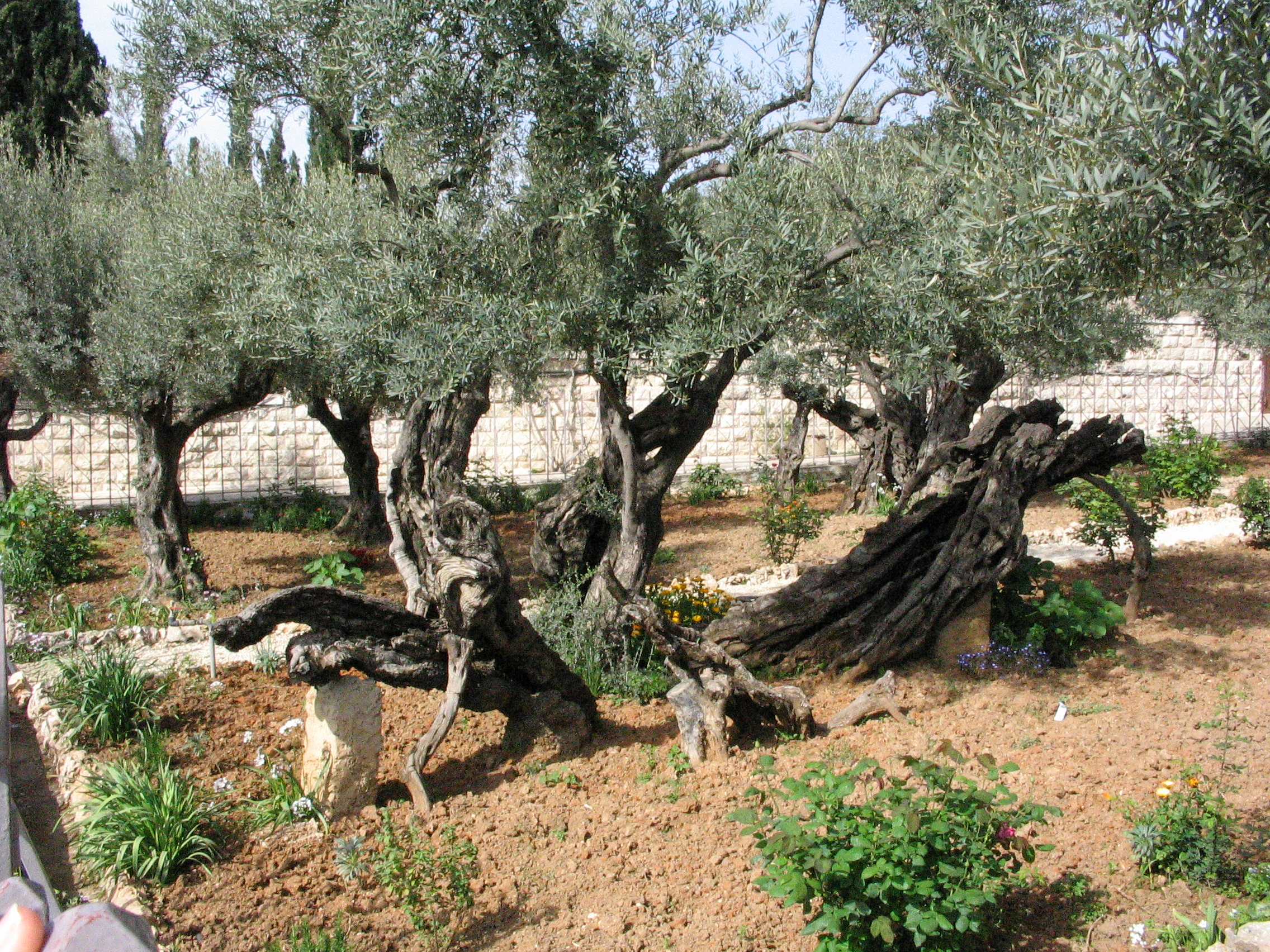
The above image, courtesy of Gary Asperschlager, shows olive trees growing near the Church of All Nations on the Mount of Olives. Revised: 19-Apr-13How did a Jew in Jesus’ time announce that he was the Messiah? One accomplished this by applying to himself words or phrases from Scripture that were interpreted by members of his community to be references to the coming Messiah. Being interpretations rather than direct references, such messianic allusions are extremely subtle, and easily missed by modern readers of ancient Jewish literature. Claimants certainly did not reveal themselves by simply declaring, “I am the Messiah,”Even today a Jew who believes he is the Messiah never says, “I am the Messiah,” but rather, a messianic pretender refers to himself using words or phrases from scripture texts that have been interpreted messianically.
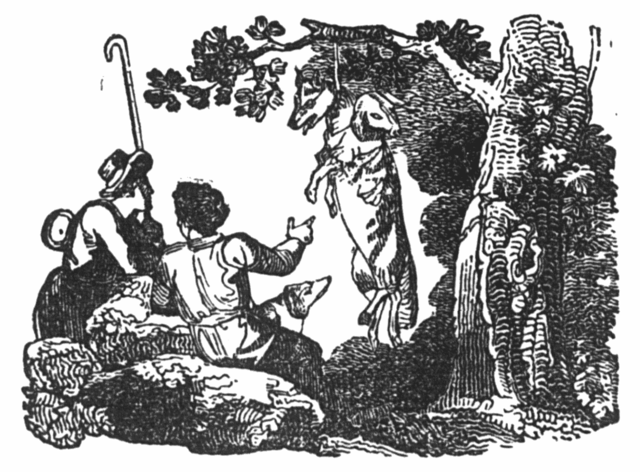
This cultural interplay is clearly depicted in Jesus’ references to commonly known fables of his day in Matthew 7:15, Luke 4:23, Luke 7:24 (cf. … As Jesus taught in the same vein as other Jewish rabbis in the first century, he used this technique and illustrated his knowledge of folklore in the four following passages: Matt. 7:15, Luke 4:23, Luke 7:24 (cf.

One of Jesus’ sayings regarding judging is nearly identical to other rabbinic sayings on the subject: “For in the way you judge, you will be judged; and by your standard of measure, it will be measured to you” (Matt. 7:2; Luke 6:38).
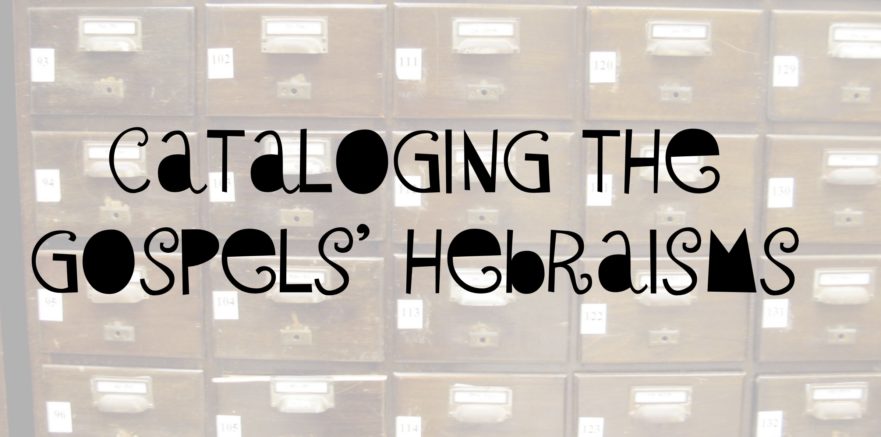
(Matt. 7:9-10; NIV)
bread | stone
fish | snake
Nation will rise against nation,
and kingdom against kingdom. … (Matt. 7:2; my trans.)
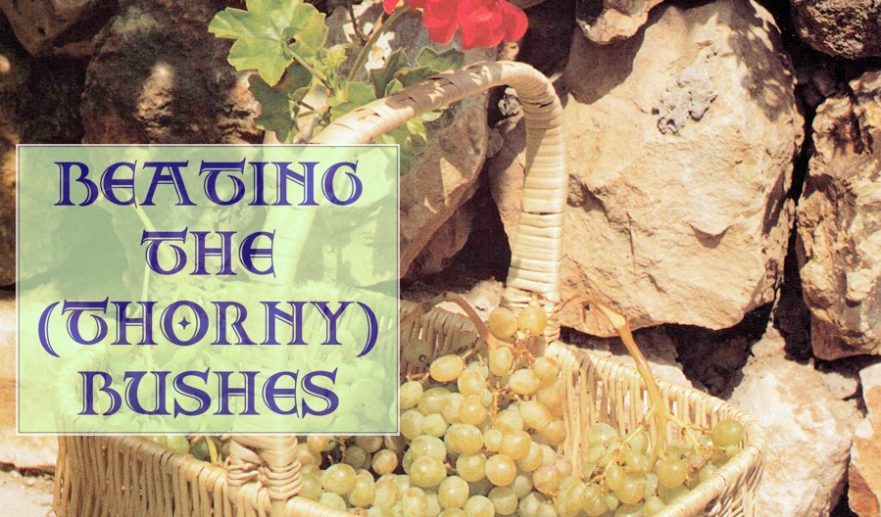
— wp:paragraph {“dropCap”:true} –>
In recording Jesus’ warnings about “false prophets” (probably fake disciples), Matthew contrasts akantha (thorn bushes) with staphyle (grapes), and tribolos (thistle) with sykon (figs) (Matt 7:16); whereas, Luke contrasts akantha (thorn bushes) with sykon (figs), and batos (bramble bush) with staphyle (grapes) (Matt 6:44)…. (Matt 7:16, NKJ)…. — wp:paragraph –>
For the same two reasons, “thistles” seems out of place in the translation of Matthew 7:16.
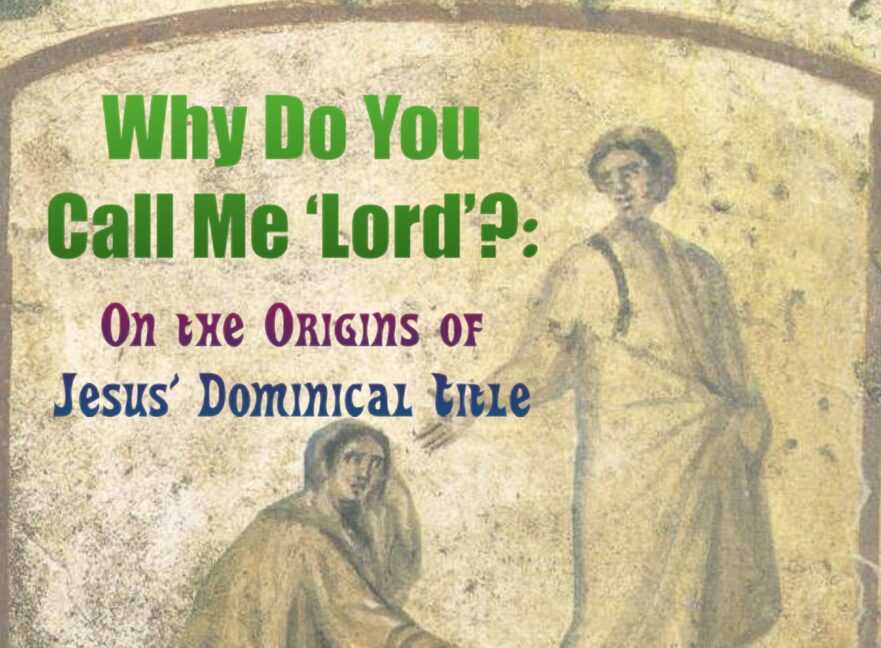
How to cite this article: JP Staff Writer, “Why Do You Call Me ‘Lord’?: On the Origins of Jesus’ Dominical Title,” Jerusalem Perspective (2024)

This rabbinic saying has a familiar ring to readers of the New Testament because Jesus uttered a similar saying: “With the measure you measure, it will be measured to you” (Matt. 7:2; cf. … (Matt. 7:16; my trans.); Nor do
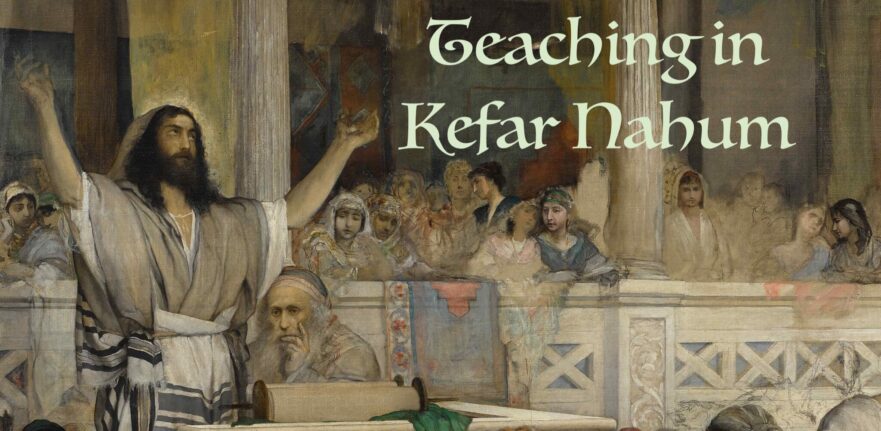
— wp:heading {“level”:3,”className”:”has-text-align-center”} –> Matt. 4:13-16; 7:28-29; Mark 1:21-28; Luke 4:31-37